There are over 40,000 kinds of spiders globally, and the United States is home to a few thousand of them. When some of these crawl into your home, you may be tempted to ignore them in the belief that they have a short lifespan. Is that the reality?
How long do house spiders live? House spiders live for about a year on average in most homes. Arachnids can live for months without food or water. This makes it easy for them to survive in unfavorable conditions. In some very rare cases, house spiders can live up to a decade or more in the same space.
This article will examine the house spider’s lifespan to give you a clear idea of how long they are likely to survive in your home. It will also go into how these spiders grow and mate.
House Spider Life Cycle
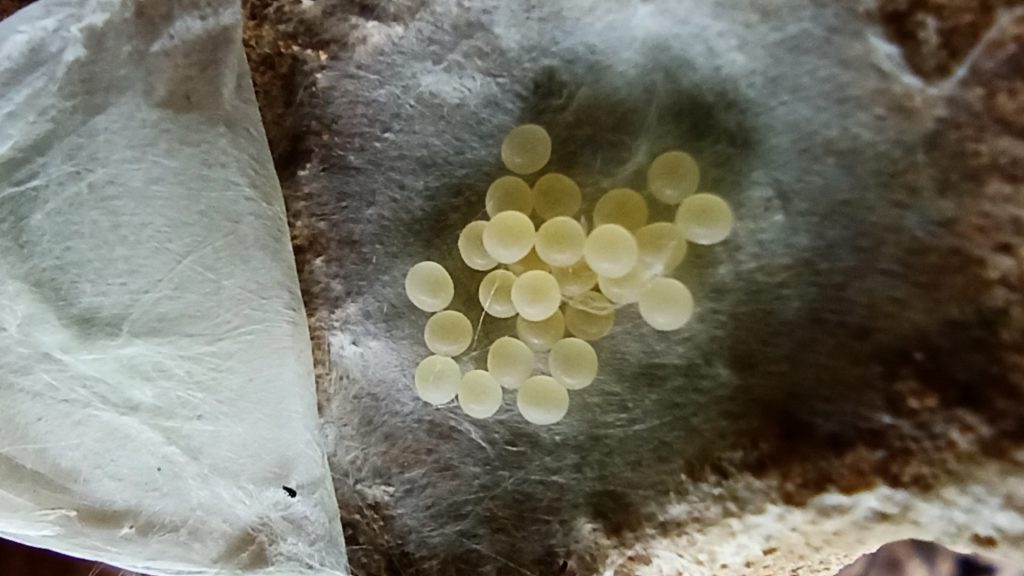
Spider eggs typically grow and hatch after a few weeks. The major exception is for spiders in temperate areas, where spiderlings spend the winter in the egg stage and do not hatch until spring. When the spiderlings hatch, they either walk or undergo a process known as ballooning.
The spiderlings then go through about five molts before reaching adulthood. While most spiders stop molting once they reach adulthood, certain spiders continue to shed throughout their lives.
How Long Can a House Spider Live?
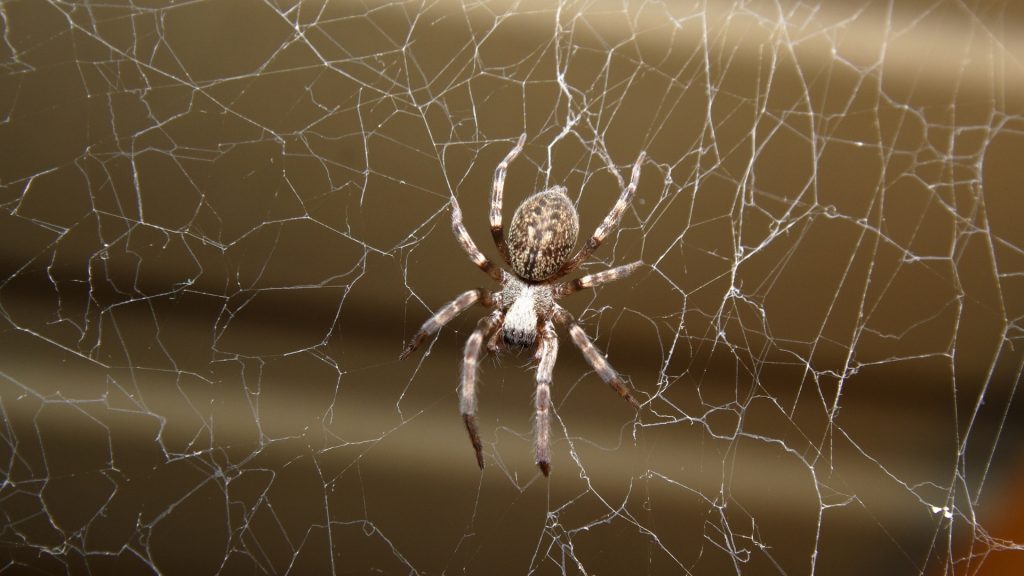
The common house spider can live up to around a year, although females of certain species may survive for two or three years. However, you should keep in mind that this figure is not fixed since certain spiders, such as the brown recluse, may live for up to 10 years.
Spiders are more likely to live longer when they don’t have to worry about spider-killing sprays, and there’s a steady (or semi-steady) source of food.
The species is most often observed from mid-summer to early autumn when males are most active. They aren’t toxic, so you don’t have to get rid of them right away if you don’t want to. Indeed, they can help you reduce the insect population in your house.
How Long Can a House Spider Live Without Food?
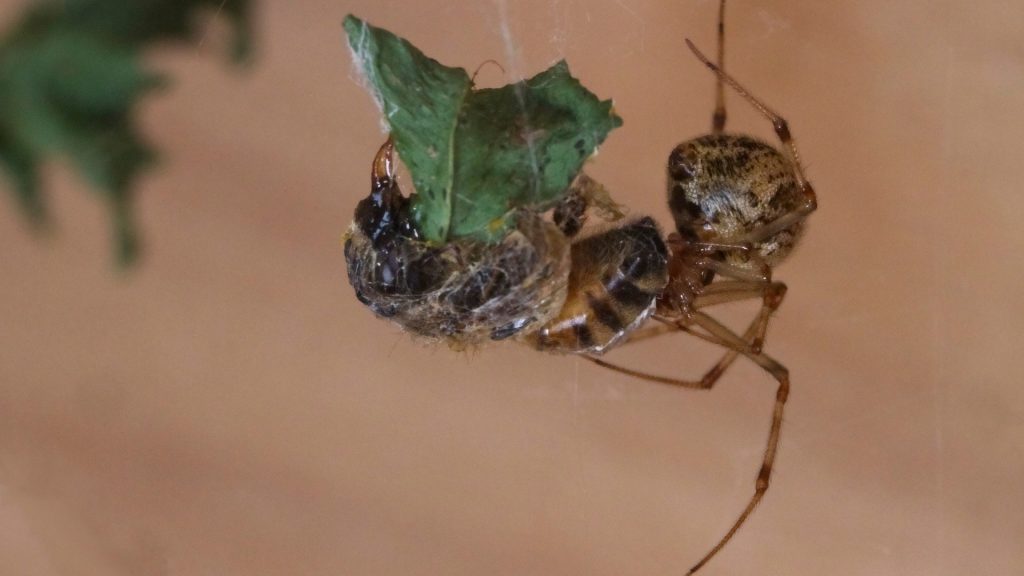
A house spider can live several months without food, depending on the type of spider and conditions it lives in. Typically, bigger spiders can survive longer without food compared to smaller spiders. Likewise, pet spiders can last longer than wild spiders.
Some species have survived for more than two years without being fed.
How Long Can a House Spider Live Without Water?
On average, you can expect a spider to live anywhere from a few months to a few years without water. Spiders don’t require much water daily; therefore, it is easy to neglect it for a while for adult spiders. Spiderlings, on the other hand, are likely to die a lot faster from dehydration.
How Long Can a House Spider Live Underwater?
A house spider can live underwater for a few minutes. Some spiders remain underwater for long periods by adopting a coma-like condition. Wolf spiders, for example, have this trait and may survive underwater for about 40 hours.
Furthermore, many arachnids that live above water can actively immerse themselves for an extended time to capture undersea prey.
According to some sources, the body fiber of a spider can briefly trap air and exchange oxygen with the encircling water, allowing the spider to live for a few minutes.
More Information About House Spiders
House spiders are found all over the globe and got their name from their presence within human abodes.
Many species are classed as house spiders, with the common house spider being the most well-known. The American house spider is another name for these arachnids.
However, they are not the only arachnids you may encounter in your house. Therefore, it’s important to know how to recognize different indoor spiders so that you can determine which ones are a threat or a nuisance.
What Do Common House Spiders Look Like?
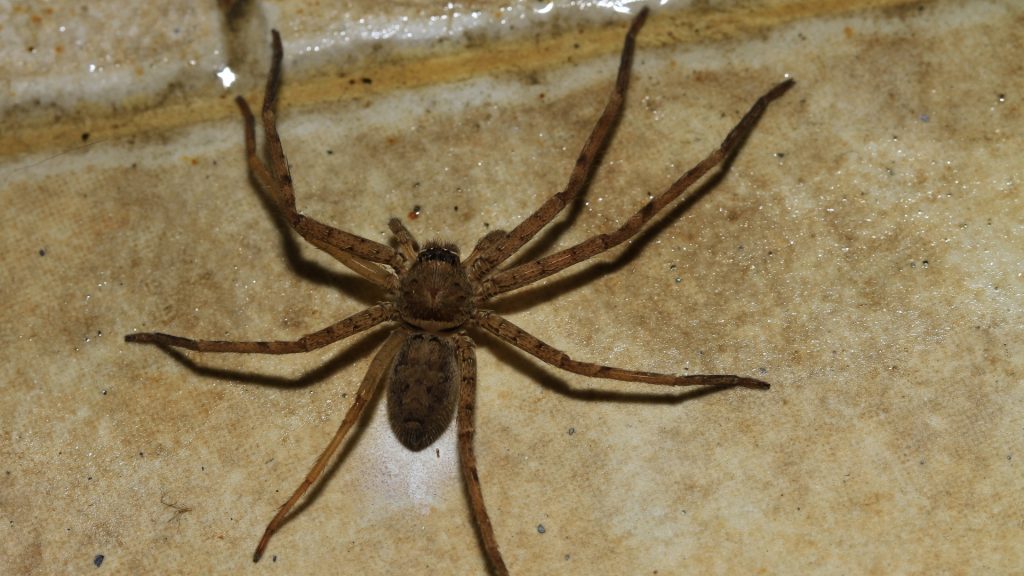
Common house spiders are brown or dark red, with darker chevron patterns along their backs. On the abdomen, some may have brown or white spotting. Male common house spider legs are orange, whereas female legs are yellow. In addition, each leg bears many darker rings, particularly around the joints.
These spiders are relatively small, with females measuring 3/16 – 5/16 in. (4.75 – 7.93 mm) long, whereas males are often ⅙ in. (4.23 mm).
How Big Can House Spiders Get?
House spiders may get to be as big as 62 in. (1.68 cm) or more in length. The giant house spider is a species you will encounter of this size. The size and color of these brown to grayish-brown spiders vary greatly.
The body is usually 1/2 in. (1.27 cm) to 1 in. (2.54 cm) long, with mature adults having a leg spread of up to 4 in. (10.16 cm).
How Do House Spiders Mate?
Male house spiders lack external sex organs. Instead, they deposit their sperm into a sperm web until they can deposit it into the female’s reproductive entrance on her abdomen. Female house spiders then save their sperm in an internal sperm tank.
Fertilization happens a few weeks later, shortly before the eggs are deposited into their egg sac. Depending on the species, the eggs range in color from pearly white to green and in quantity from 4 to 600.
Do House Spiders Have Nests?
House spiders have nests in dimly lit, isolated parts of the house. As a result, they most often build nests inside the attic, garage, or basement. Additionally, they nest in the corners of ceilings and outside in nooks and crannies of your house.
Finding spiderlings moving about indicates the presence of a nest nearby.
Why Do House Spiders Come Out at Night?
House spiders come out at night because more insects are flying at night and fewer predators. It is beneficial for spiders to hunt at this time.
The lights in most homes attract lots of insects when they come on at night. Spiders with webs around the light fixtures are very active at this time to catch insects that will inevitably get caught in the web.
Others living in crevices on the floor of the home wait for the insects that will fall to the ground to drag them into their nest. Most house spiders can’t hunt this way in daylight because it will leave them exposed to predators like birds, lizards, and more.
Additionally, certain house spider species, such as the brown recluse, are nocturnal. Therefore, they prefer to forage at night.
Typical House Spiders
Some common house spiders include:
- Wolf spider: Their venom is not particularly dangerous.
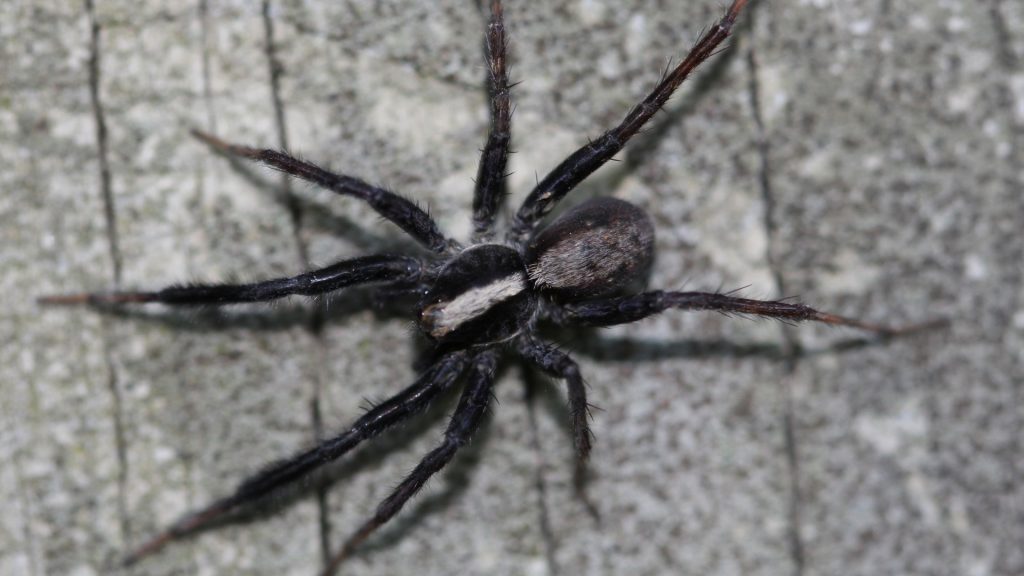
- Hobo spider: This species is not poisonous.
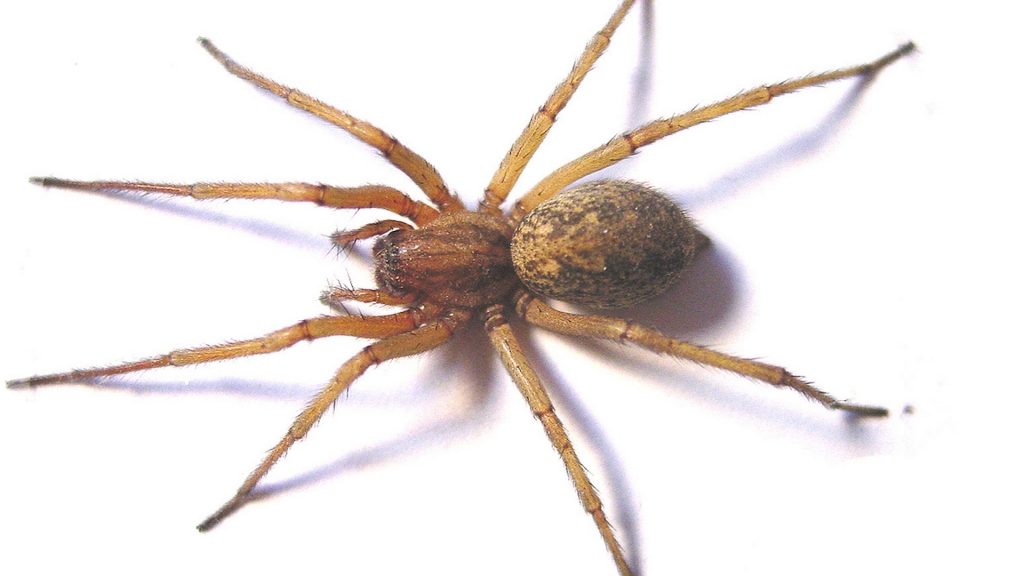
- Daddy longlegs: Daddy longlegs do not produce toxins, nor do they have fangs.
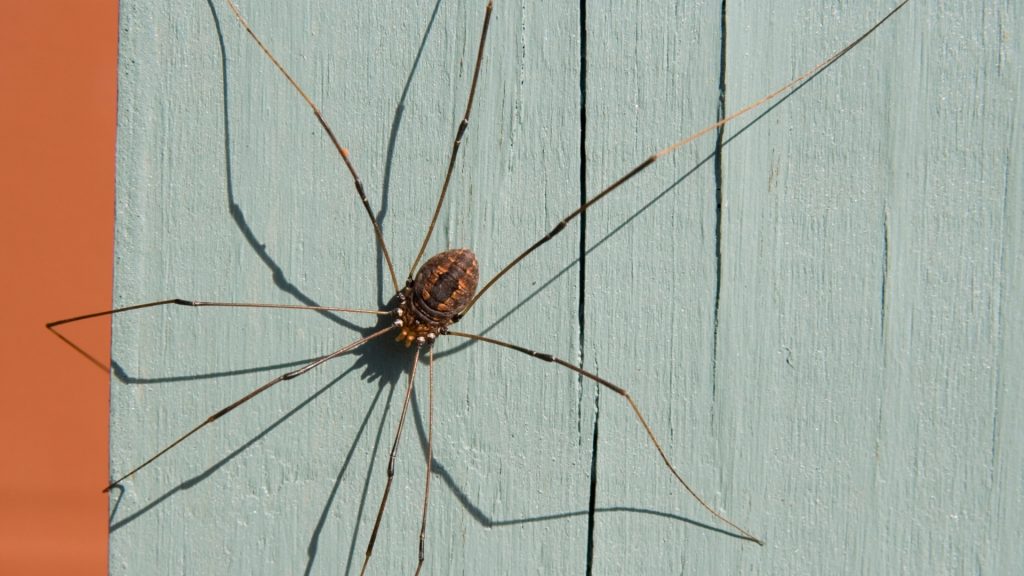
- Jumping spider: Their bite is harmless to humans.
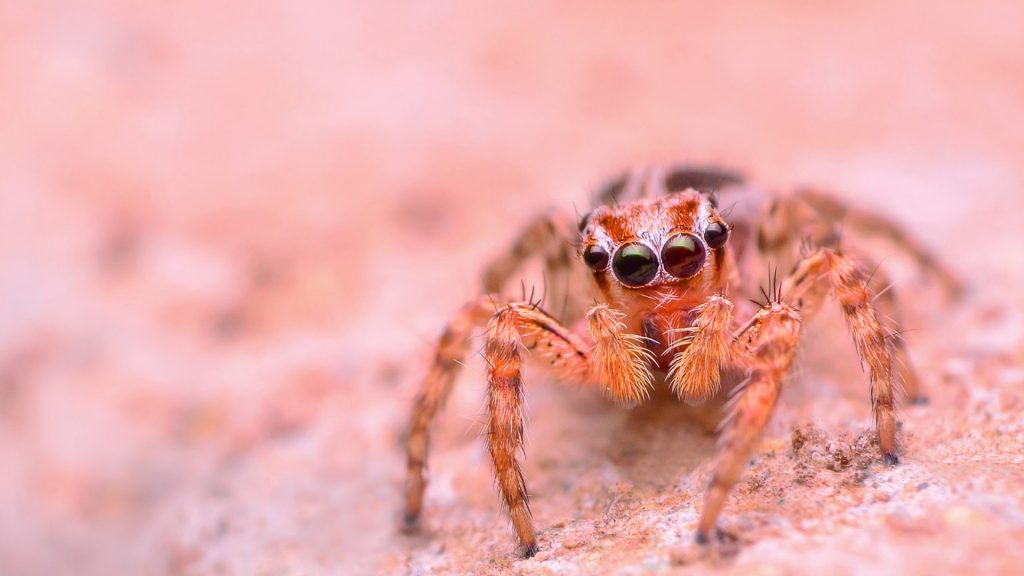
- Black widow spider: These spiders have toxic bites.
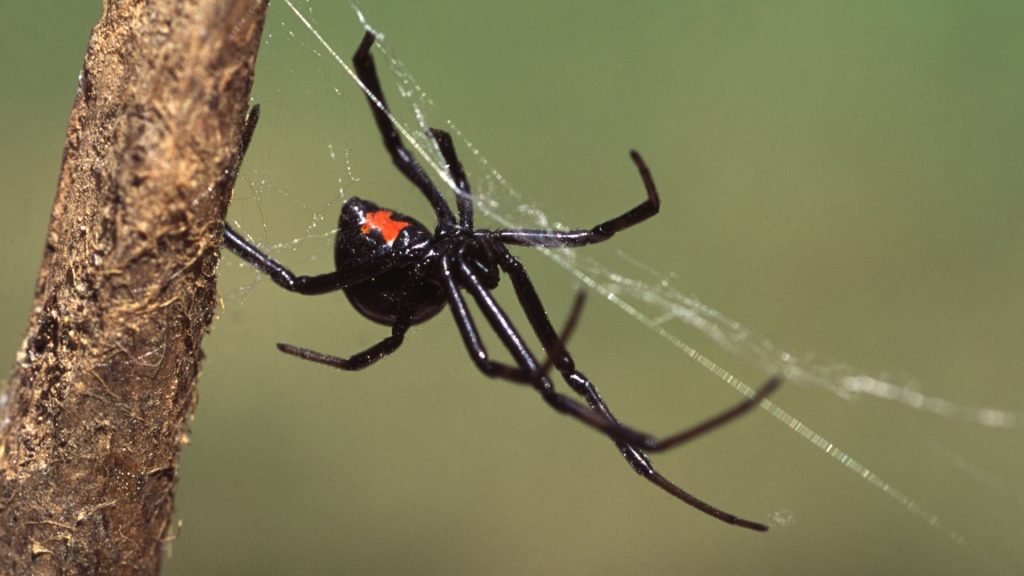
- Brown recluse spider: The brown recluse spider bite is painless and typically only leads to swelling.

Since spiders live for a relatively long period, you should consider getting rid of them when they become a nuisance. Here are some of the things you can do to get rid of them:
- Apply spider repellent.
- Vacuum your home regularly.
- Remove spider prey by using insecticides.
- Seal small cracks around the perimeter of your home.
- Place sticky traps indoors to identify problem areas. Spider traps and sprays are best because foggers are ineffective at getting rid of spiders.
Related: How To Use Vinegar To Get Rid of Spiders?
What Do House Spiders Eat?
Most house spiders are carnivores, which means they feed on a range of household insects such as flies, cockroaches, mosquitoes, moths, and ants.
What exactly house spiders eat varies considerably per species. Smaller species will feed more on tiny insects like mosquitoes and moths, while larger-sized spiders can drag in large cockroaches.
The diet is also affected by the type of insects in the area. If you get a lot of houseflies around the house, the spider’s diet will most likely feature these heavily.
Summary
House spiders is an umbrella phrase that refers to various spider species that are often found in homes. The typical house spider has a lifetime of around a year, but females of certain species may live up to two or three years.
When spiders are sheltered from predators within your house, they have a better chance of living longer. In most instances, the spiders you encounter in your house are harmless. You can get rid of them using some basic approaches or get expert help for more serious infestation cases.
List of Sources
College of Letters and Science Field Station. (2018). Common House Spider. University of Milwaukee.
Ferrick, A. (2002). Pholcus phalangioides. Animal Diversity Web.
Houseman, R. M. (1990). Spiders. University of Missouri.
Jass, J. P. (1995). Life Cycle Patterns in Wisconsin Spiders. University of Wisconsin Milwaukee.
Koehler, P. G., Andrews, C. A. (1994). Spiders. University of Florida.
- How to Get Rid of Copperheads | Practical Guide - August 27, 2023
- How to Get Rid of Corn Snakes | What Makes Them Aggressive? - August 27, 2023
- How to Get Rid of Alligators | Safety Measures and Removal Methods - July 16, 2023
